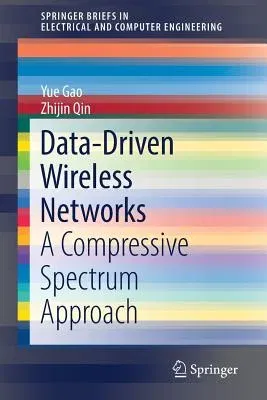This SpringerBrief discusses the applications of spare representation in
wireless communications, with a particular focus on the most recent
developed compressive sensing (CS) enabled approaches. With the help of
sparsity property, sub-Nyquist sampling can be achieved in wideband
cognitive radio networks by adopting compressive sensing, which is
illustrated in this brief, and it starts with a comprehensive overview
of compressive sensing principles. Subsequently, the authors present a
complete framework for data-driven compressive spectrum sensing in
cognitive radio networks, which guarantees robustness, low-complexity,
and security.
Particularly, robust compressive spectrum sensing, low-complexity
compressive spectrum sensing, and secure compressive sensing based
malicious user detection are proposed to address the various issues in
wideband cognitive radio networks. Correspondingly, the real-world
signals and data collected by experiments carried out during TV white
space pilot trial enables data-driven compressive spectrum sensing. The
collected data are analysed and used to verify our designs and provide
significant insights on the potential of applying compressive sensing to
wideband spectrum sensing.
This SpringerBrief provides readers a clear picture on how to exploit
the compressive sensing to process wireless signals in wideband
cognitive radio networks. Students, professors, researchers, scientists,
practitioners, and engineers working in the fields of compressive
sensing in wireless communications will find this SpringerBrief very
useful as a short reference or study guide book. Industry managers, and
government research agency employees also working in the fields of
compressive sensing in wireless communications will find this
SpringerBrief useful as well.

